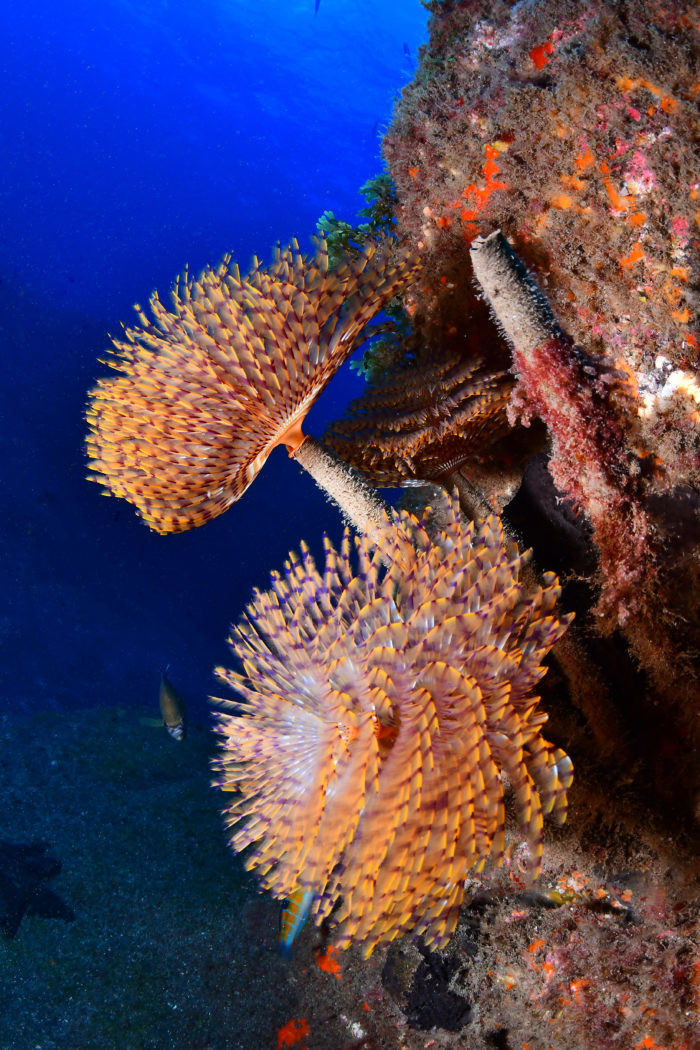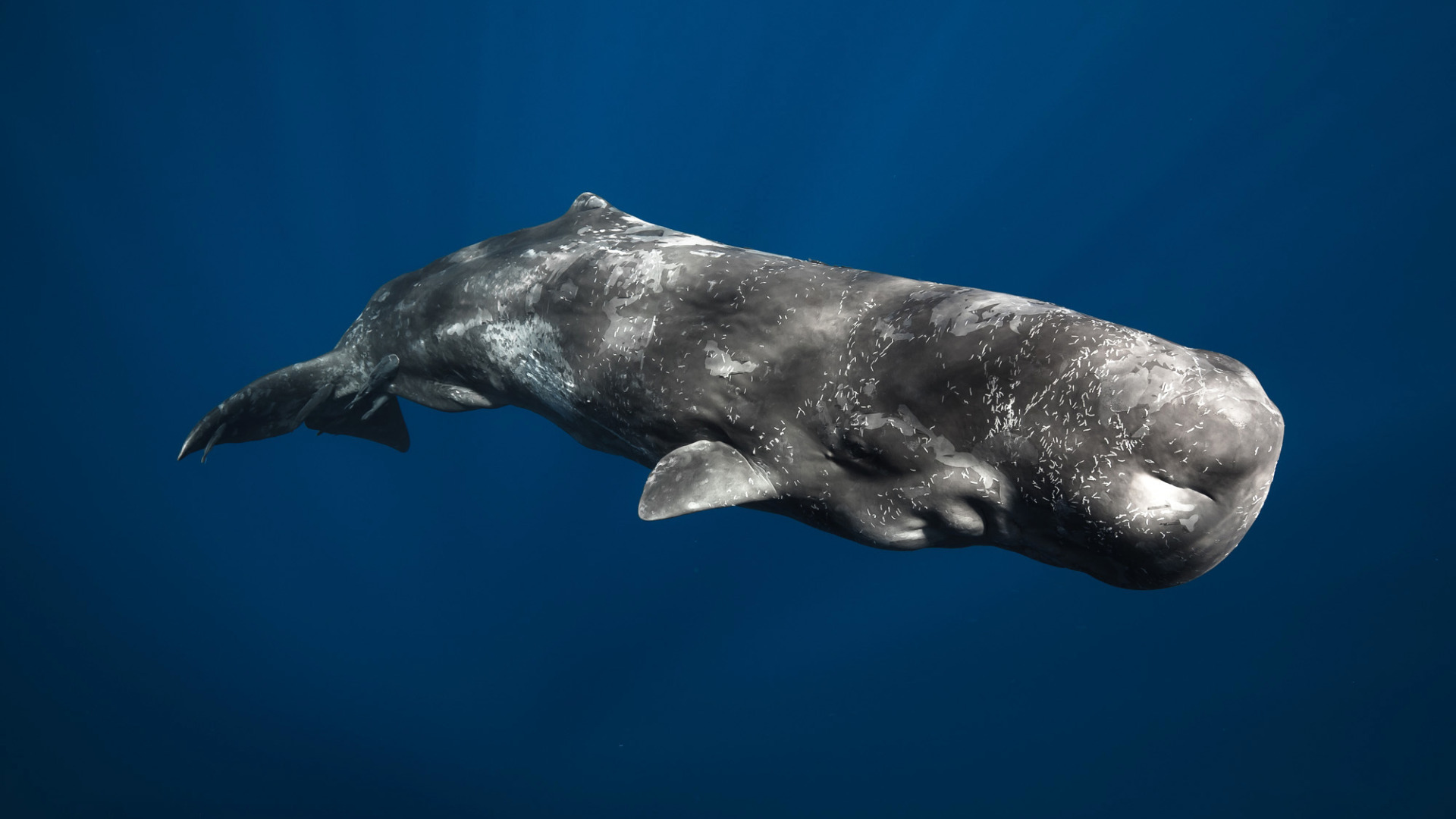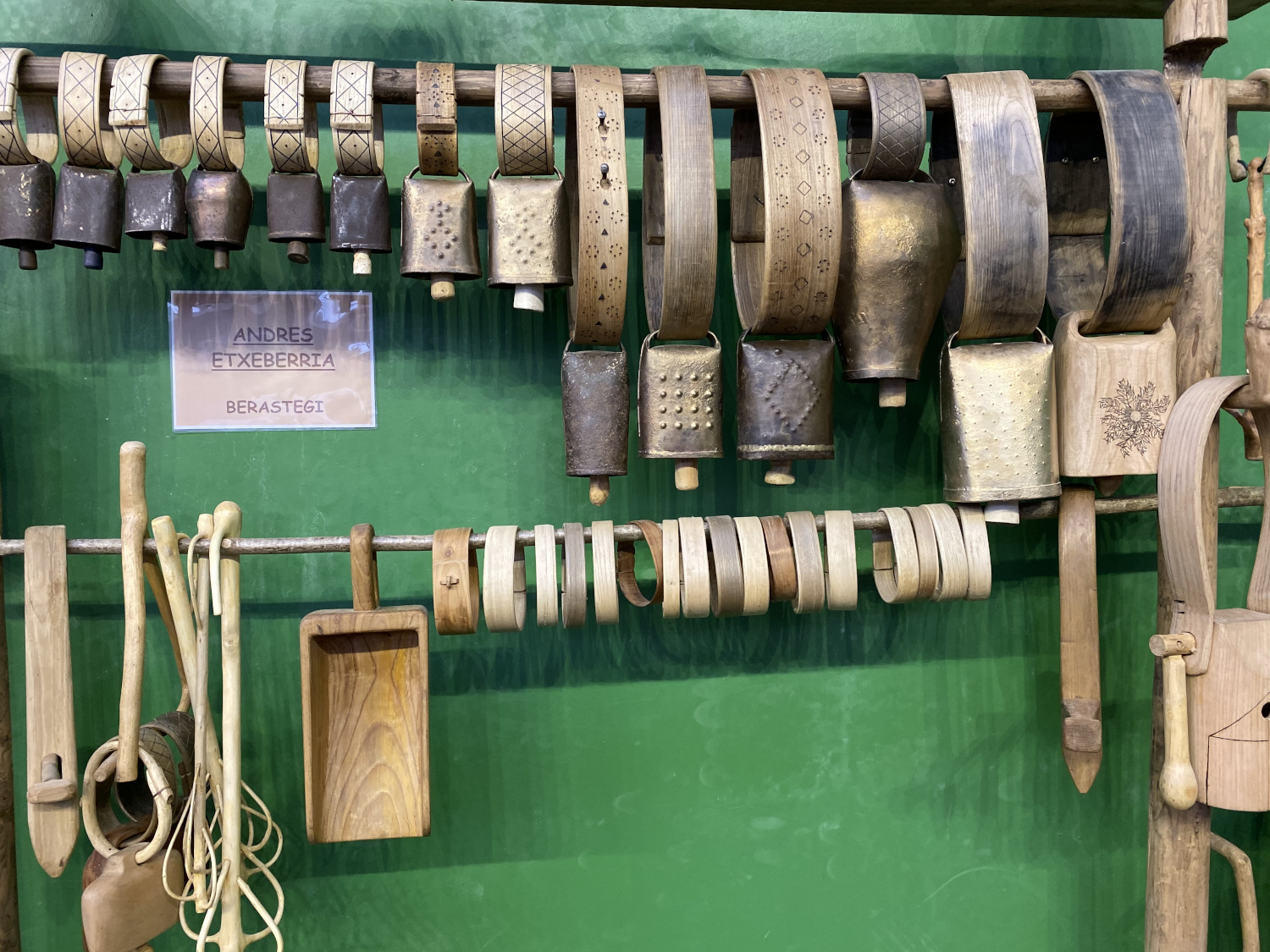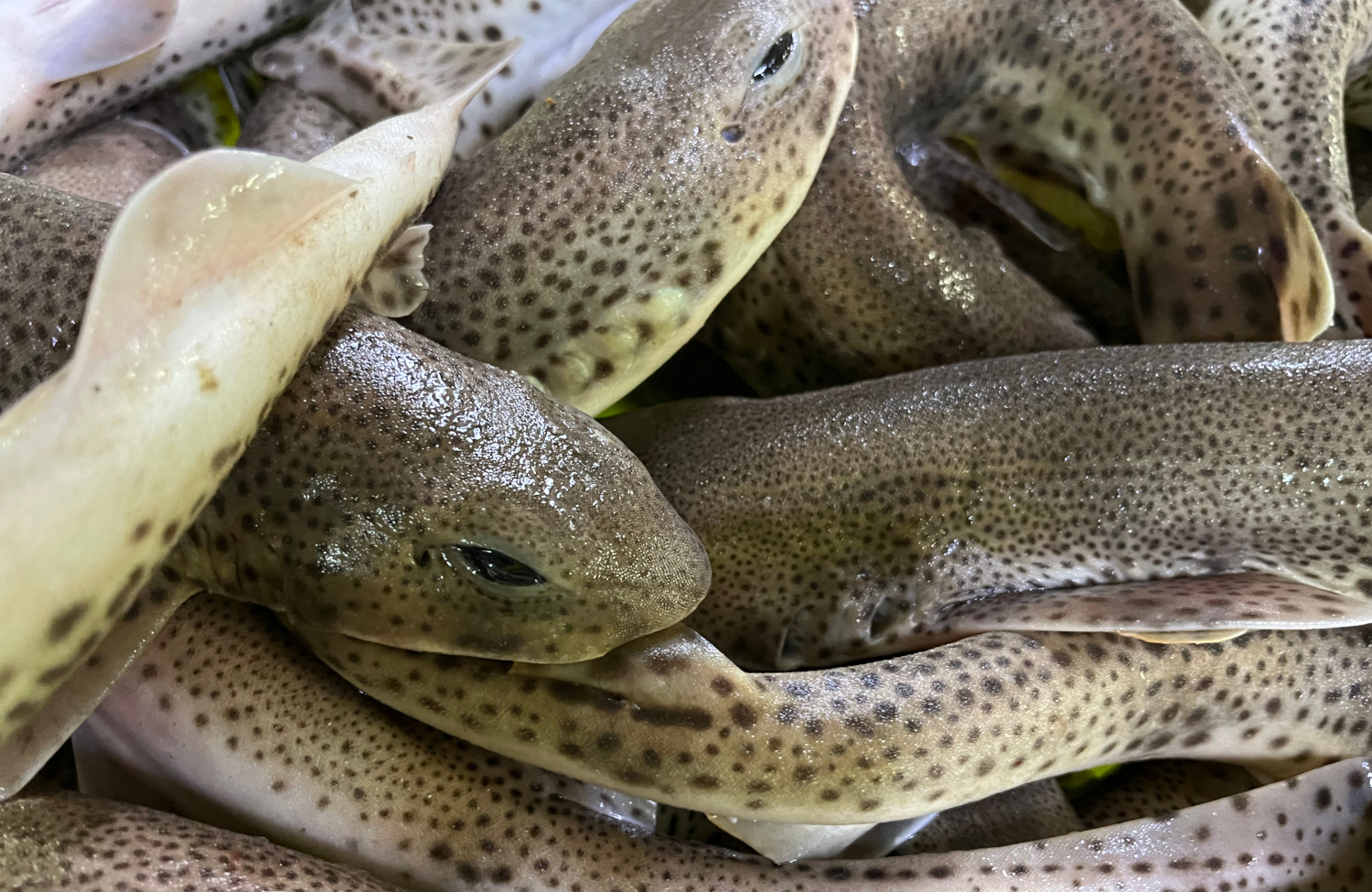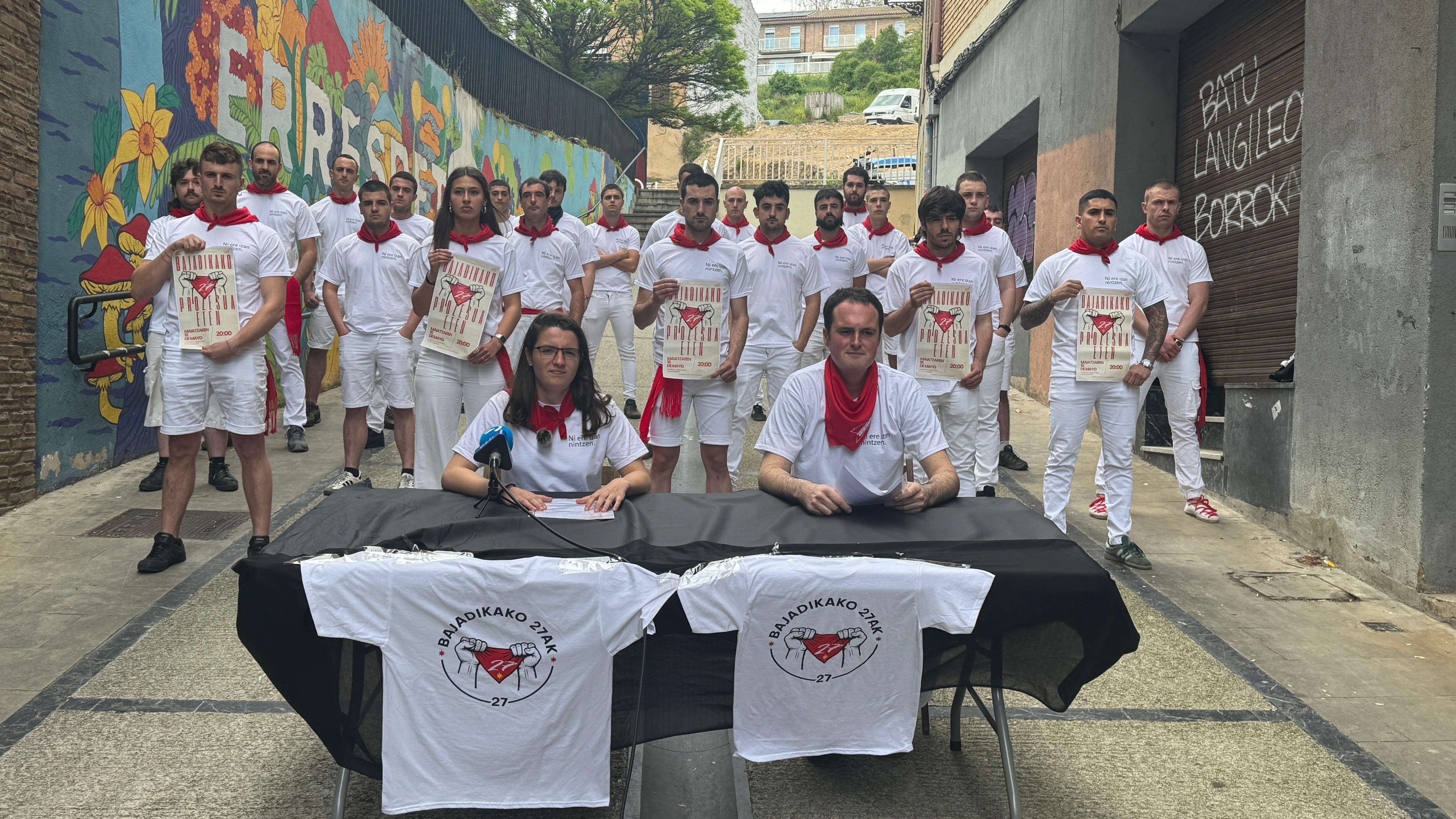Fencing the limits for the common good
- Ecology Letters has published the result of a gigantic research that has taken place throughout Europe. They say frankly: “Intensive farming that breaks down barriers and equals land drastically reduces biodiversity, both in animals and in plants. In areas with higher border density, the abundance of pollinating arthropods and natural pest control has grown by 70 per cent and 44 per cent, respectively. We have also seen that production has grown with the increased density of border barriers in landscapes with crops of more than 50%”.

To say that bees and other insects, birds and birds, and a branch that doesn't end, are about to disappear, is fashionable. We know that they are essential to our survival: to produce fruits and seeds to pollinate, maintain the balance of ecosystems and avoid pests, etc. We also know that we are promoting this increasingly obvious ecocide. Our behavior (pesticides, pollution...) will kill us. The component of our personality is the killer and the suicide.
Let us put a barrier to that character, to that way of acting. This is a good solution. Value your series. Once upon a time, all the plantations had been enclosed on the shore, on the border. The barrier was the limit. Branches of trees and bushes that were part of the fence were used to close the fence, forming hedges. With the Laharra (Rubus fruticosus) he was made a fence, a fence or a fence. Valla (culture?) objective (cultural?) Although the main one is to trace the limit and the enclosure, the most important of its nature is its constitution of many plants: trees, shrubs, brawls, herbs, climbers, parasites, etc. This special planting keeps a lot of animals and other creatures. You can say that they all form an ecosystem. They need each other, preserving a living and ecological land, a prosperous environment and a rich biodiversity.
Agricultural barriers, that is to say cultural barriers, are disappearing in addition to the former. They say that nearly 1.5 million kilometres of plant fence have been lost in France since 1950.
Promoting diversity in ecosystems not only improves biodiversity, but also increases agricultural production and makes it more sustainable
Ecology Letters has published the result of a gigantic research that has taken place throughout Europe. A total of 49 studies have been collected, including research on the 1515 landscapes previously studied. Among the authors is, for example, the CSIC, the largest public body in Spain dedicated to research, beyond all suspicion. They say frankly: “Intensive farming that breaks down barriers and equals land drastically reduces biodiversity, both in animals and in plants. In areas with higher border density, the abundance of pollinating arthropods and natural pest control has grown by 70 per cent and 44 per cent, respectively. We have also seen that production has grown with the increased density of border barriers in landscapes with crops of more than 50%”. According to Mario Díaz, researcher at the National Museum of Nature Sciences of Spain in which he participated: “This synthesis confirms that promoting diversity in ecosystems, as well as improving biodiversity, increases agricultural production and makes it more sustainable.”
Those who say that they want to promote agriculture here, care for the environment and improve the quality of life of all of us know what they have to do: revive plant barriers and encourage them. A real boost, that is to say, to put more public money and more landowners!
Pond of Venice, year 452. Prompted by the Huns' invasion, several inhabitants of the interior of the Italian peninsula took temporary refuge in the swampy area. But the Lombard invasions came in a few years, and it would become a permanent home for those immigrants. It was a... [+]










